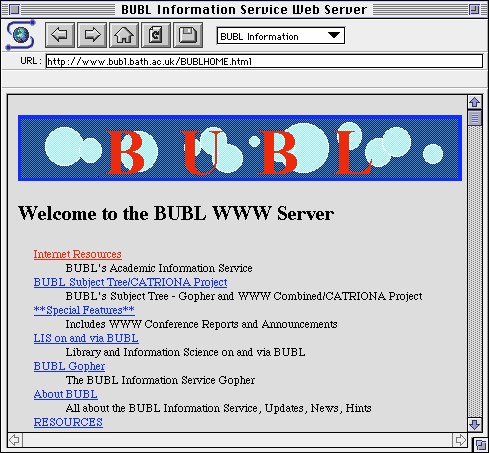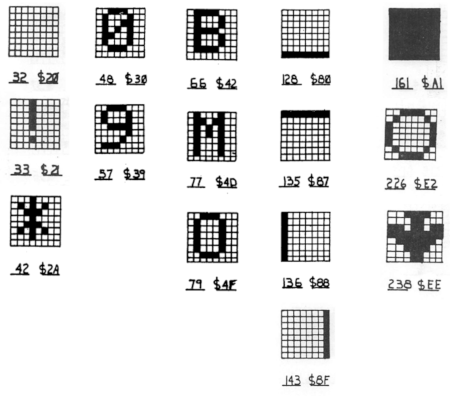
A brief history of QuickDraw and PICTs
The original Macintosh running Classic Mac OS was dependent on a great many components, but the most important of all was its graphics system QuickDraw. Without that, none of the windows, icons and images that were composed into its human interface would have happened. Although almost everything from QuickDraw has now been superseded and removed from modern macOS, you can still open most of its QuickDraw images saved in its custom format, PICT.
QuickDraw was originally written by Andy Hertzfeld (b 1953) and Bill Atkinson (b 1951), who devised a remarkably innovative raster-based system, and implemented it to perform exceptionally well on the limited hardware available, starting with an 8 MHz 68000 CPU with only 128 KB of memory. It’s based around a logical drawing area called a GrafPort, which can be that within a window, the whole Desktop, or somewhere off-screen.
GrafPort coordinates set their origin at the top left and are signed 16-bit integers, giving a range of -32,767 to +32,767. Coordinates refer not to the pixels within the GrafPort, but to the infinitely thin lines between them. When drawing along a line between two coordinates, the thinnest line shown is a series of pixels below and to the right of the line. Pixels are square, and their default resolution conforms to the printing standard of 72 pixels/points per inch, just over 28 per centimetre. These were essential, to ensure that what you saw on the Mac’s display was what you got from the printer, WYSIWYG.






















